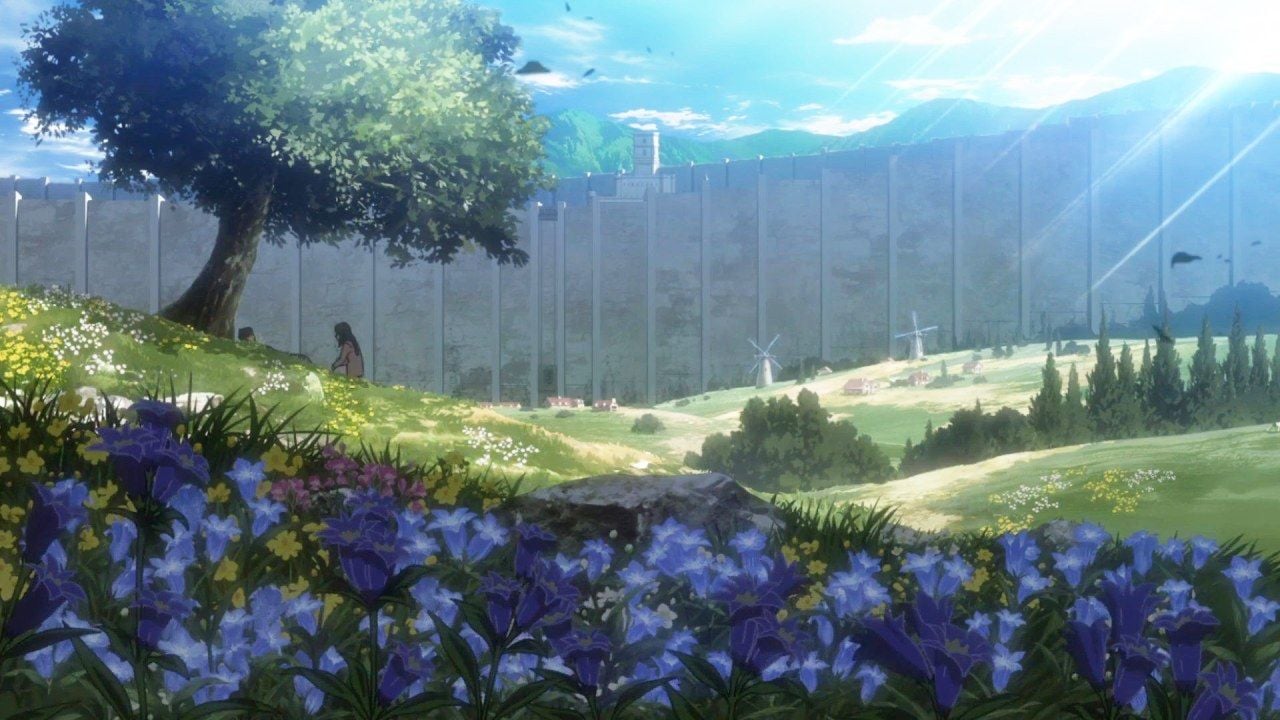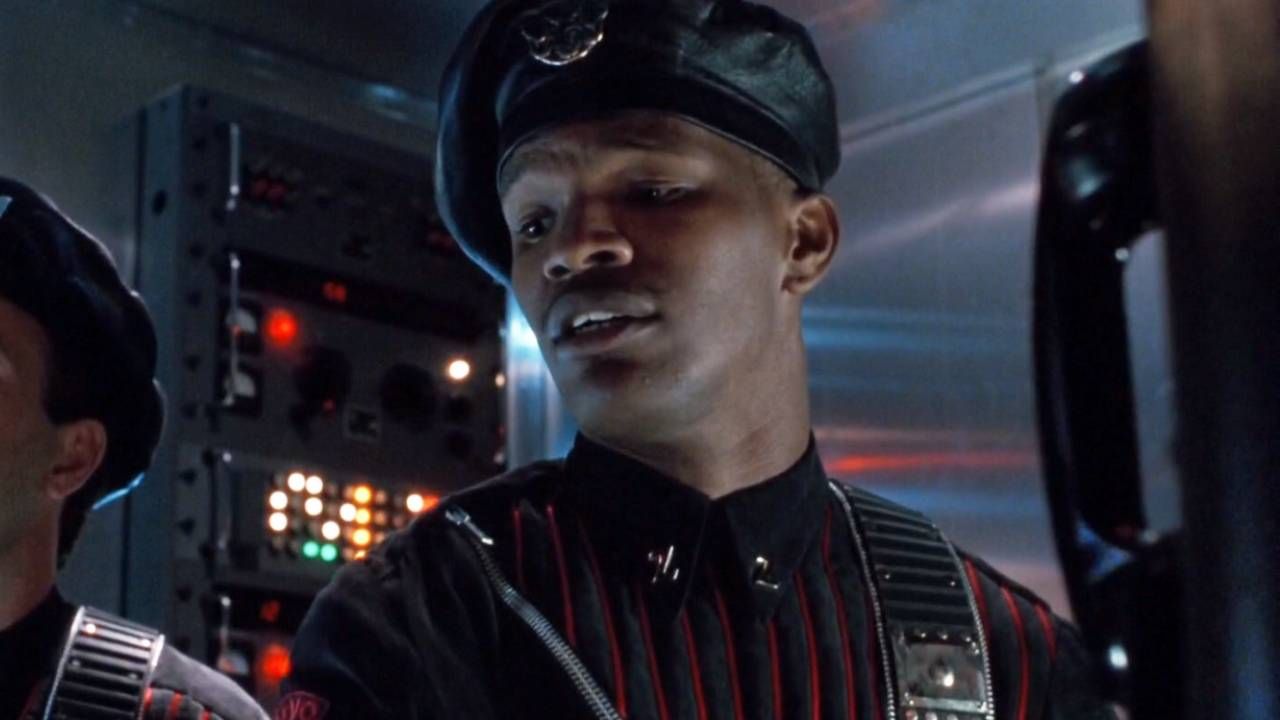
Since the end of the animated series cult the attack on the Titans, fans have been sad. The outcome left the spectators completely struck. Some time later, this is an opportunity to return to the real meaning of this title.
After a masterful season 4, the cult anime The Titans' attack ended in apotheosis in 2023, leaving the spectators taped to their seats! Two years after the end of the series, after having digested this outcome well, we offer you a dive into the meaning of the title.
In France, it was translated by the attack of the Titans, unwittingly diverting the initial meaning of the Japanese appellation. With hindsight and the many revelations made during the series, Shingeki No Kyojin takes on his full meaning, once again revealing the genius of his author, Hajime Isayama.
From Japanese to French
In Japanese, Shingeki combines two Kanji. The first is pronounced “Susumu”, which means “to move forward”, and the second, “utsu”, the equivalent of “hitting”, in the language of Molière. The two Kanji put side by side can result in “attack” or “offensive”.
As for Kyojin, it also consists of two Kanji in the language of Akira Kurosawa: “Kyo” (“Giant”) and “Hito” (man). All combined therefore simply means “giant”.
Fun detail, English translations (Attack on titan) and French have chosen the term titan instead of giant, undoubtedly in reference to Greek mythology. In the latter, the Titans, or Titanids, are giants and giants, primordial deities that preceded the gods of Olympus. They were sons and daughters of Ouranos and Gaia.
Titans vs giants
This translation choice is particularly effective in Western countries. Indeed, “Titan” has a much more aggressive and terrifying connotation than “giant”. We think in particular of the good big giant of Roald Dahl for example; The term is therefore much less meaningful than “Titan”.
Between Shingeki and Kyojin, we have the “no” particle, which shows belonging to Japanese. Thus, “titan” or “giant” is determined by the word “attack” or “offensive”. Literally, this does not mean “the attack of the Titans” but the opposite, “the titans of the attack” or “the Titans to the assault”.
In French, the title still captures this ambiguity. Titans' attack may mean that humans launch an offensive against the giants, but it can also mean that it is the Titans who attack men.
This is not the case in Shakespeare's language with “Attack on Titan” (“The attack on the Titans”). Small precision, the Japanese does not indicate the plural or the singular. In French, the logical bias was to include this plurality in the title.
https://www.youtube.com/watch?v=J9N3WV7H8WC
Double meaning
In Japanese, Shingeki (“offensive”) also has a military connotation, implying that an army is advancing and launched an enemy position. This term is more meaningful than Kogeki (“attack”), introducing the concept of progression.
The “no” particle also induces a second meaning in the title, which could be translated as “offensive titans”. This is very significant after the revelations of season 3 (then with the events of season 4), when we understand that the Titan of Eren is called “the assaulting titan” or “Shingeki no Kyojin” in Japanese.
We understand that Hajime Isayama had planned everything from the start; His double -meaning title simply designated the hero of the saga, Eren Jäger, the one who advances and never stops. Like the absence of singular or plural in Japanese left doubt, the author played on this to make us turn our heads once the pot with roses revealed!
Discover more from Daily Hind News
Subscribe to get the latest posts sent to your email.


